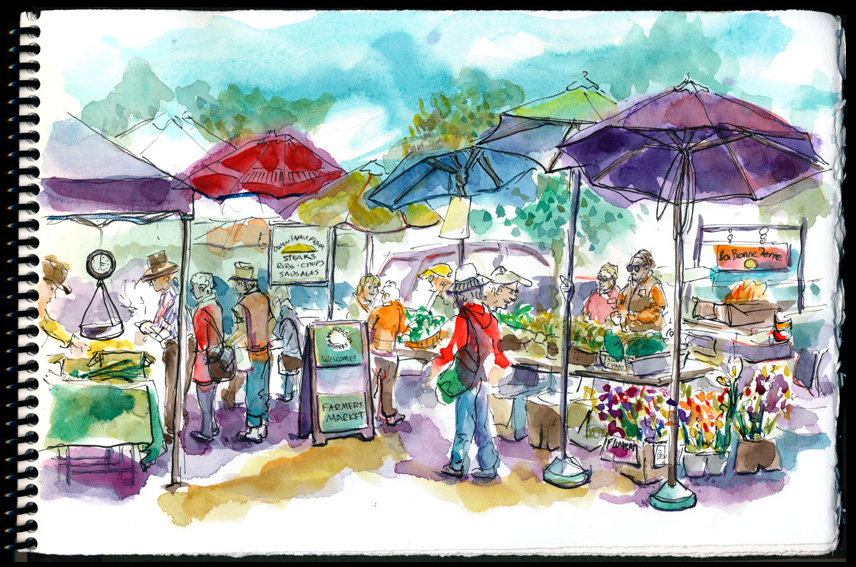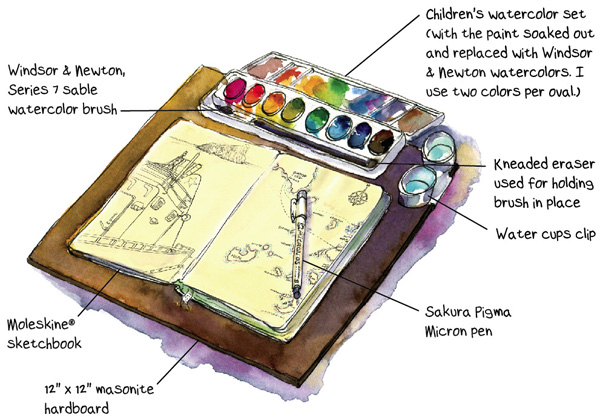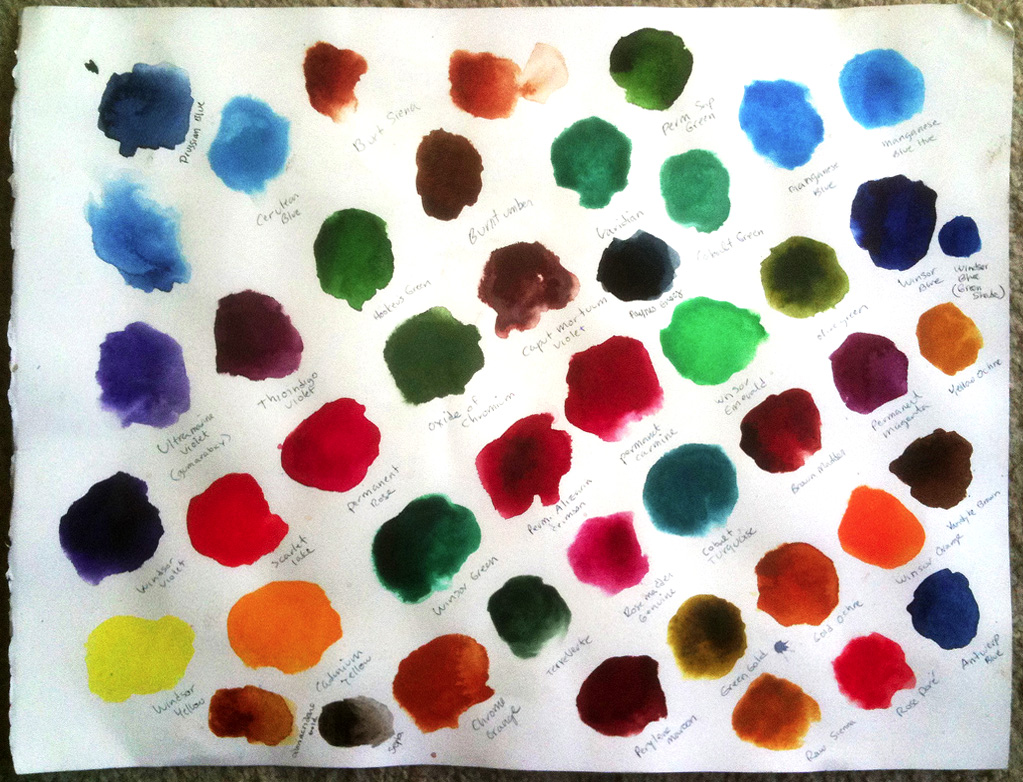It’s been ten years since we last planted a vegetable garden in a large corner of our back yard. Unknown to visitors ever since, a well-tended bed once teeming with life was hidden there under a mountain of weeds. Each year come spring, I’d mow the area along with the adjacent lawn, carefully avoiding the work that lay beneath. I knew that someday, before I could again plant, I would have to dig up the bed and lay poultry wire to keep rodents out.
There are few things more satisfying than organic fruits and vegetables, slow ripened in our own garden and picked fresh. This year, we’d been remembering how rewarding it can be to grow our own food. So we asked ourselves, why wait any longer to grow another garden? Â I knew I had a couple of weeks of picking, digging, and shoveling ahead of me and I wasn’t looking forward to it. My wife had caught the bug, and was excited to create beds of cut flowers. In the end, our yearning for beauty and our taste buds won out.
In the old veggie patch, I started by breaking up soil with a pickaxe, then used a shovel to remove layers of top soil, sand, and compost, each with its own distinctive color. All along, I’d been working our garden without realizing it. Neighbors had given me soil years ago, later I put down extra sand from laying our patio, and more recently, I’d tossed in a good supply of accumulated compost. Since the earth on our property consists of dense clay, these amendments would combine to make perfect soil for planting.
While digging, earth worms wiggled out of loose soil, and roly-polies and lady bugs crawled amongst the doomed weeds. The soothing aroma of lavender flowers wafted from a nearby plant. While I took breaks from shoveling, I watched butterflies, damselflies, and dragonflies buzzing past, sometimes landing on my idle tools. My thoughts wandered to consider the honeyed flesh of cantaloupes, the tart sweetness of tomatoes, and the tang of fresh cut herbs. Imagining the crop to come motivated me to again pick up that shovel and keep turning soil.







